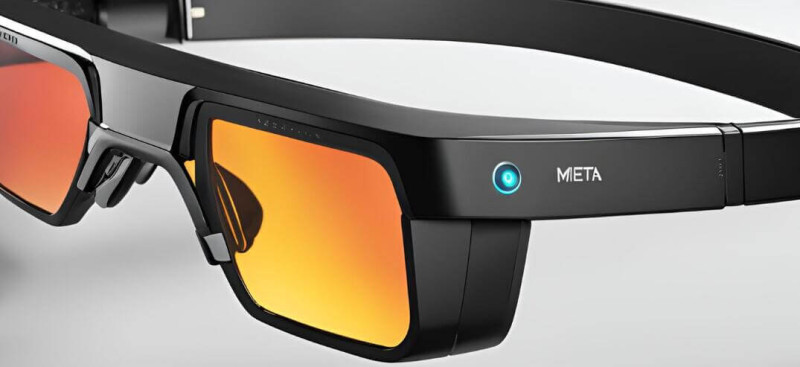
When a new gadget is introduced into the tech world, it is usually sold out before it goes to market. Pre-sales and user test data are the best indicators of how successful the technology will be. When Google announced its cool eyewear known as “Google Glass” in 2012, it was touted as the next greatest wearable technology. Released to the public in 2014, it had lost its steam by the end of the following year. Google Glass was a huge fail. It was relaunched again in 2019 and by 2023 it had disappeared almost entirely from the market.
There are a number of reasons why it failed. Marketed as a luxury fashion item, the price tag was too high, they were very heavy and not extremely comfortable and there was a major privacy issue with the mounted camera. A few software bug fixes and growing safety concerns led to their eventual downfall.
If at first you don’t succeed, should you do it again?
Qualcomm’s CEO Cristiano Amon seems to think so.
In a recent interview with CNBC, he announced that the chip maker would be taking on the challenge to develop mixed reality glasses that can connect to the user’s smartphone (eliminating the need for the mounted camera) in collaboration with Samsung and, you guessed it, Google.
According to Amon, the product will be different and will offer new experiences because of modern Generative AI. Qualcomm has had some success with Ray-Ban Meta Smart Glasses running on its Snapdragon AR1 Gen 1 platform.
However, some reviews of them are not that favorable. “They have a sleek wearable design but are really only good for listening to music or taking videos,” writes Taylor Hayes on howtogeek.com. While eyewear might sound a bit attractive to a bookworm, the price does not justify the ROI in this case. Listening to music and taking videos can be done on any other portable device that can be carried in your pocket.
I hate to admit it but, I do not see any value in three major technology companies spending so much time, money, and research on a device that so far has proven not to be that popular and is nothing more than a high-tech fashion statement. Only time will tell.
Hardware, software and generative AI is going to create amazing things in the future but is the public ready to get behind another wearable device? People seem to prefer devices that they can be used hands-free, and the privacy concerns have not really been addressed.
I could probably jump on the bandwagon if the project had a better scope. It would be more practical and a better use of technology to develop eyewear that assisted with ocular illnesses and other disabilities like ADHD. Blue-blocking glasses have been known to soothe the symptoms of ADHD, and audible reading technologies would be a great service for the blind.
It will be interesting to see what the new designs and technology will have to offer. There was no exact launch date mentioned but Amon hinted that the initial design stage had already begun.
One thing is for certain, the glasses will need to be safer, lightweight and purposeful if they want to succeed this time. It is interesting to note that while Ray-Ban Meta smart glasses did have a market, they have not been an overnight sensation. It would seem that tech-savvy people are being a bit more reserved this time around.
Will they re-consider wearable technology if they Generative AI proves to be the answer?
Share Tweet Share Reddit Vote 0 Shares